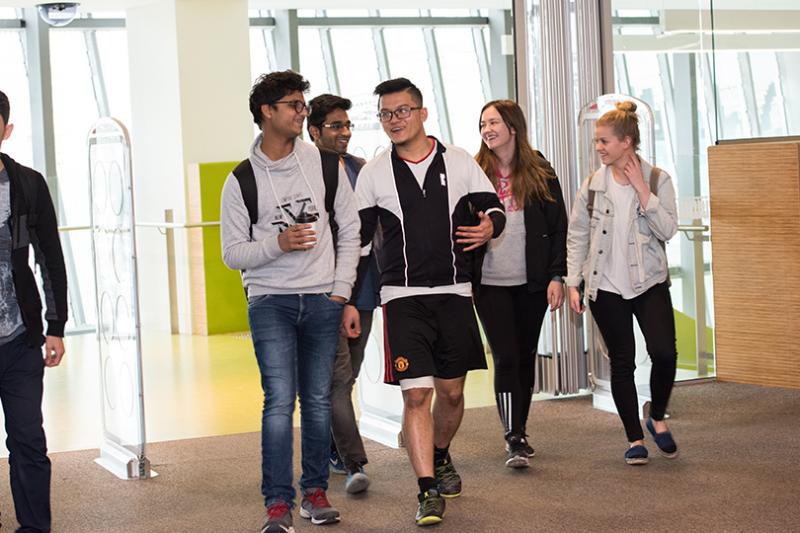Dual-sector VCs call for more connection between two systems

Australia’s fragmented higher education and vocational training systems could each be strengthened with a common policy framework and a suite of major reforms, indicates a new report, Reforming Post-Secondary Education in Australia, published by the Vice-Chancellors of Australia’s six dual-sector universities.
The report calls for:
- reforms to the Australian Qualifications Framework (AQF), particularly to support learner centred pathways across the continuum of AQF qualifications
- modernisation of VET qualifications so competencies focus on broad and future skills requirements
- a coherent funding framework for higher education and VET, spanning the roles of the Commonwealth and states and territories
- extension of work-based learning including apprenticeships, into new industries and occupations in both VET and higher education through partnerships with firms, industries and the labour movement.
The report indicates a common policy framework would better meet the needs and opportunities of Australia’s learners and workers in future, and replace sectors and institutions that have been historically separated by policy, jurisdiction and tradition.
“Australia’s dual-sector institutions are uniquely positioned to contribute constructively to the next stages of this shared agenda,” the report says.
More than 10 years after the Bradley Review of Australian Higher Education proposed a more coherent tertiary education system, the report says connections between the vocational and higher education sectors have in fact weakened due to increasingly entrenched differences between systems of governance, funding and regulation.
Report features range of case studies
Using the unique experiences of dual sector universities to understand Australia’s tertiary system, the report features a range of case studies from each university demonstrating collaboration in qualifications design, delivery and assessment requirements, accreditation standards, system regulators approaches, public funding, income-contingent loans, and government accountability.
“The fragmentation, complexity and sluggishness of the wider systems of accreditation, funding and regulation currently stand in the way of developing and growing more innovative, relevant and cost-effective tertiary education activities,” the report says.
Australia has more than 4000 Registered Training Organisations that delivered VET training to more than 4 million people in 2017, while its 39 public universities (and about 100 non-university higher education providers) delivered courses to 1.5 million domestic and international students.
The report was developed to contribute to discussion about the future of Australian post-secondary education.
The report was signed by Australia’s six dual-sector Vice-Chancellors.
- Professor Simon Maddocks - Charles Darwin University
- Professor Nick Klomp – CQUniversity
- Professor Helen Bartlett - Federation University
- Mr Martin Bean - RMIT University
- Professor Linda Kristjanson - Swinburne University of Technology
- Professor Peter Dawkins - Victoria University




